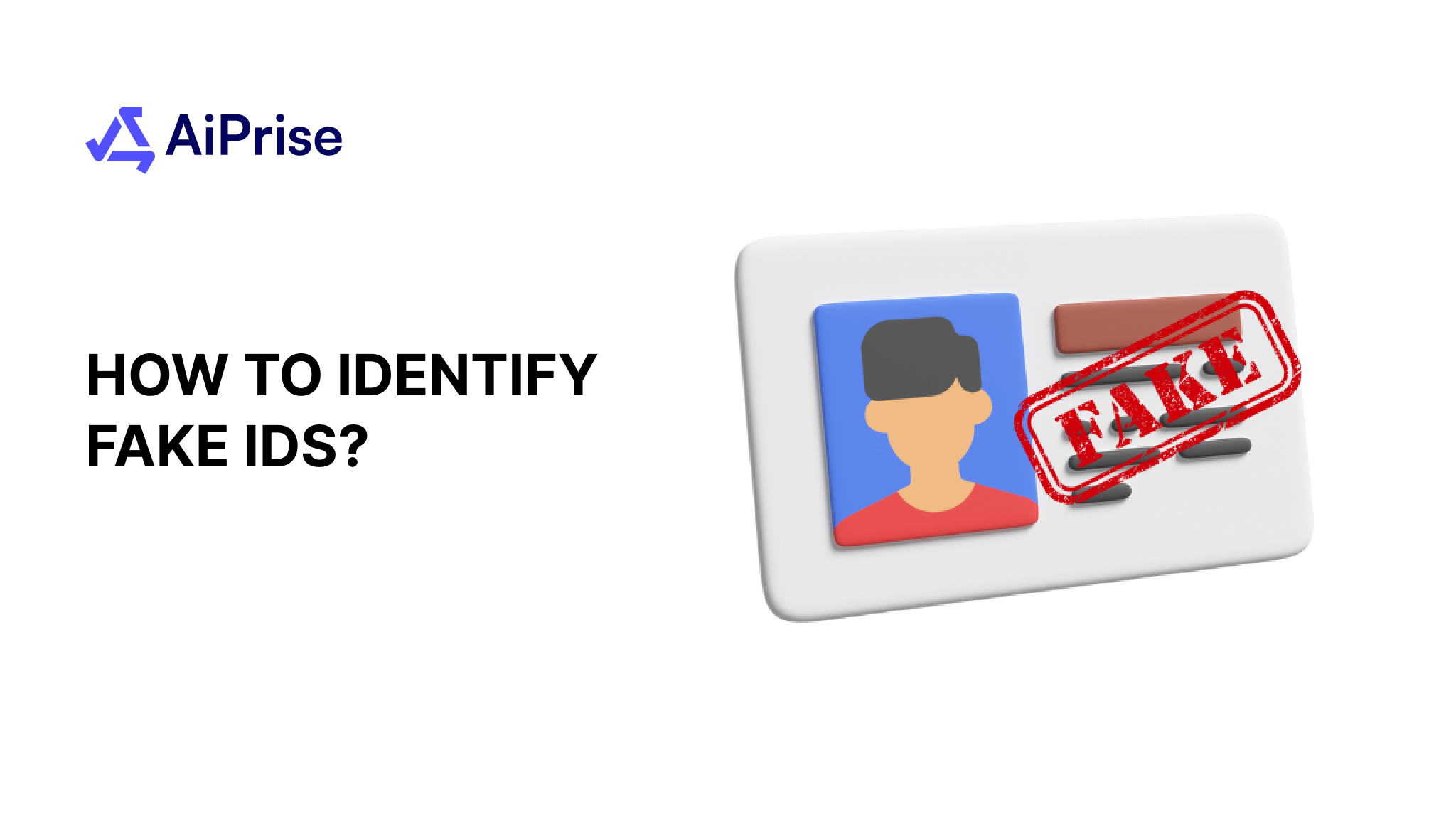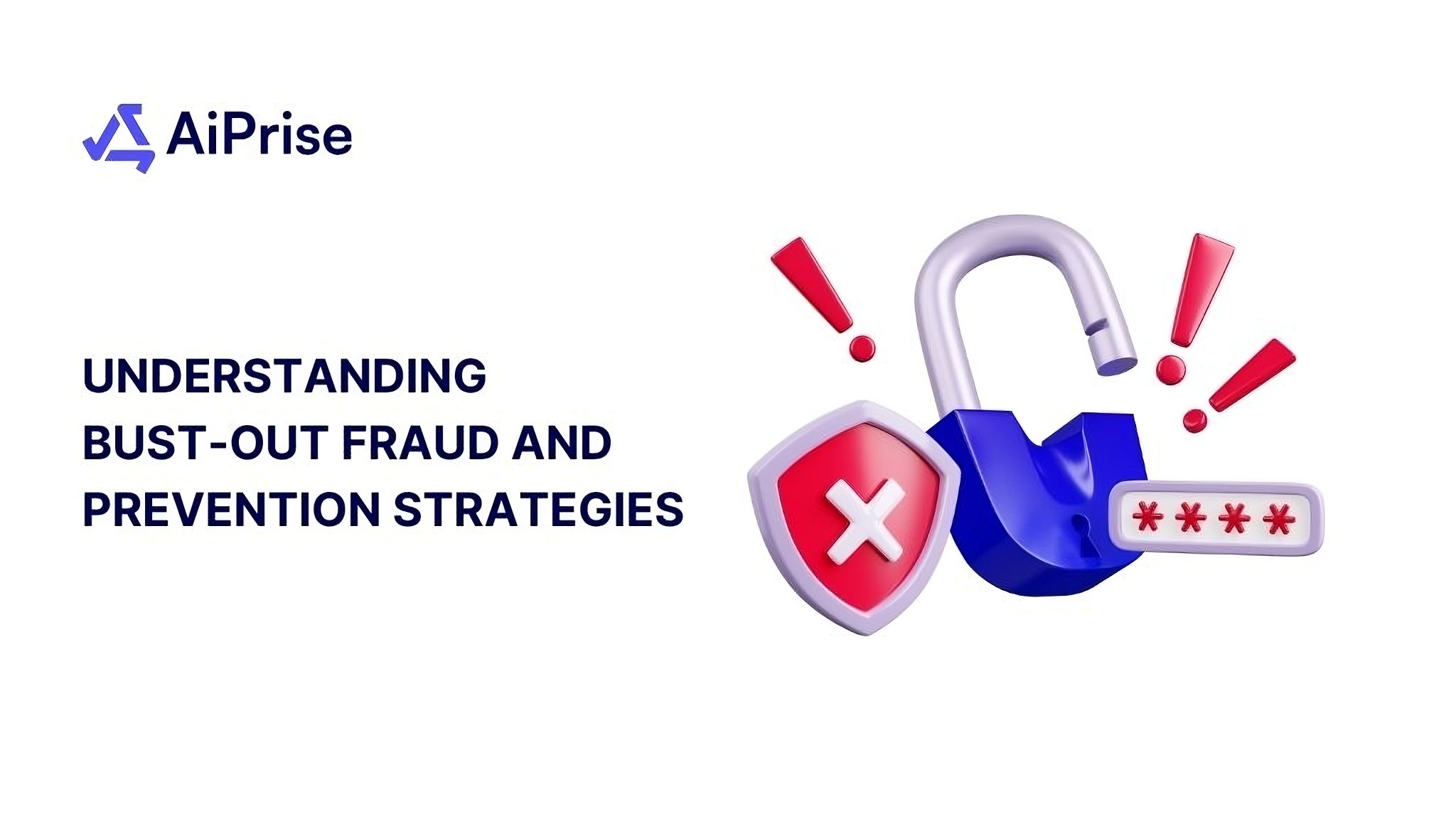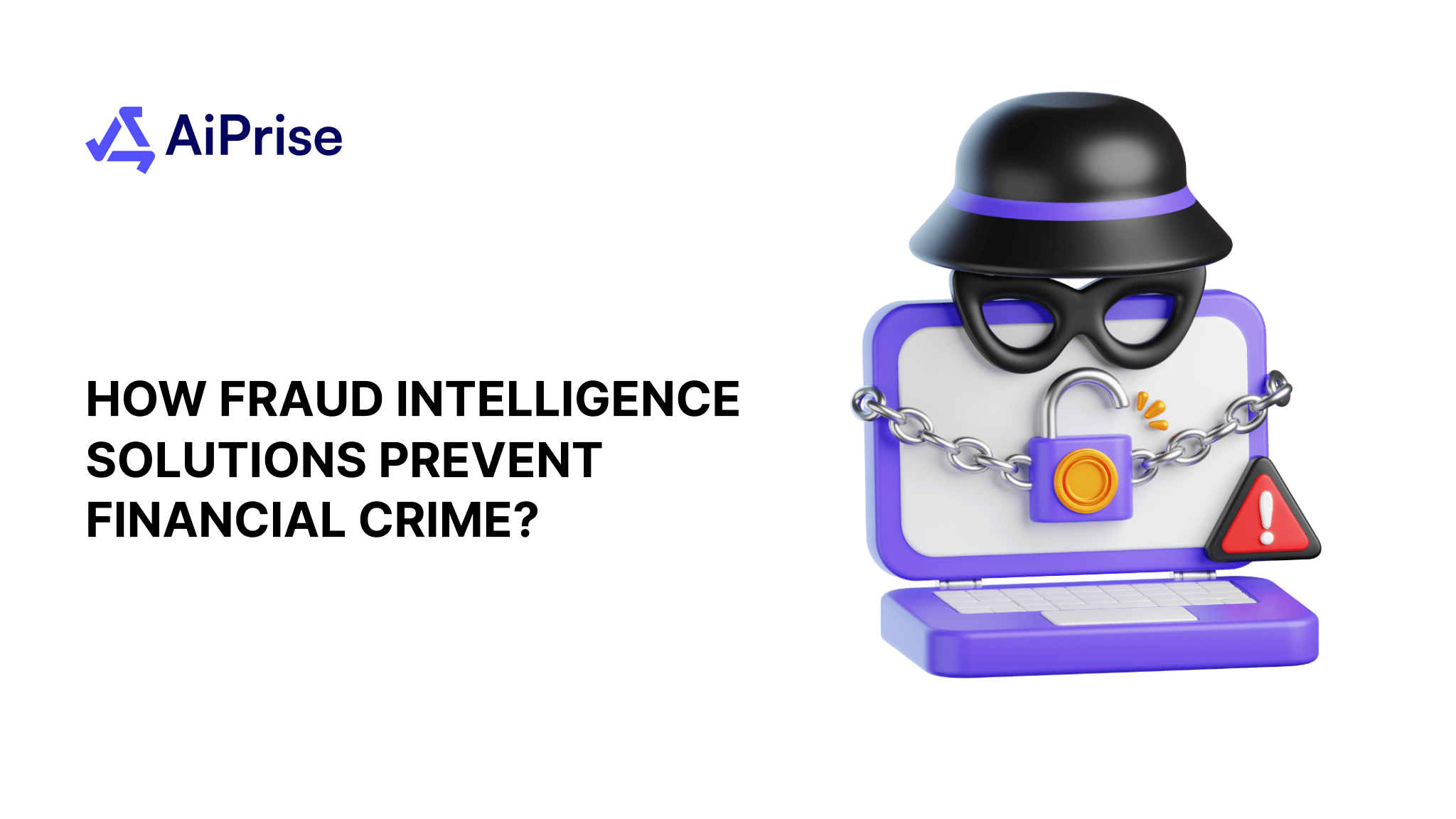AiPrise
10 min read
September 30, 2025
Top 10 Employee Frauds and Prevention Strategies
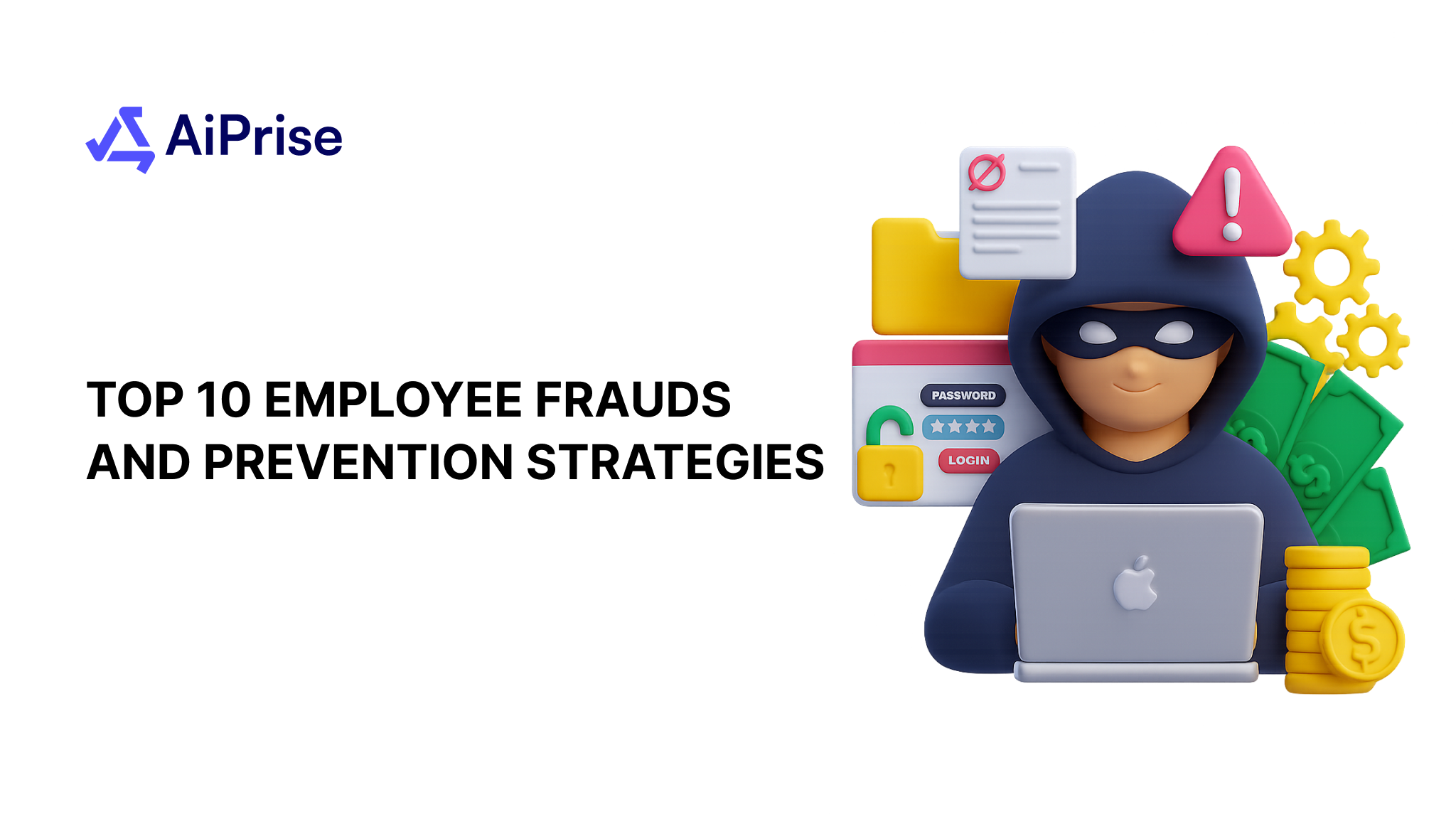
Key Takeaways










Imagine discovering that a trusted employee has been siphoning off company funds for months, or even years. It’s a nightmare scenario that many businesses face, often without realizing it until the damage is done. Employee fraud is more common than you might think, and it can have devastating financial and reputational consequences. In fact, the ACFE (Association of Certified Fraud Examiners) estimates that businesses lose 5% of their annual revenue to fraud, with the average loss per case amounting to $1.5 million.
But here's the good news: most employee fraud is preventable. By recognizing the common types of fraud and applying effective prevention strategies, you can protect your business from these hidden threats.
Key Takeaways
- Employee fraud is when an employee lies, cheats, or steals for personal gain, causing financial and reputational damage to the company.
- Common types of employee fraud include payroll fraud, expense reimbursement fraud, asset misappropriation, and data theft.
- Preventing employee fraud involves creating clear policies, conducting regular audits, and using technology to detect unusual behavior.
- Fraud prevention strategies include segregating duties, encouraging whistleblowing, providing regular training, and using fraud detection software.
What Is Employee Fraud?
Employee fraud occurs when an employee lies, cheats, or steals from their employer for personal gain. This could mean taking money, falsifying records, or misusing company resources. Fraud can happen in any business, large or small, and often involves actions like stealing office supplies, submitting false expense reports, or manipulating financial records.
Employees may commit fraud for various reasons, like financial stress, a lack of oversight, or simply the opportunity to take advantage of weak systems. Regardless of the reason, employee fraud can result in major financial losses and damage to a company’s reputation.
Also Read: Fraud Detection and Prevention Strategies in Banking
Top 10 Employee Frauds and How to Prevent Them
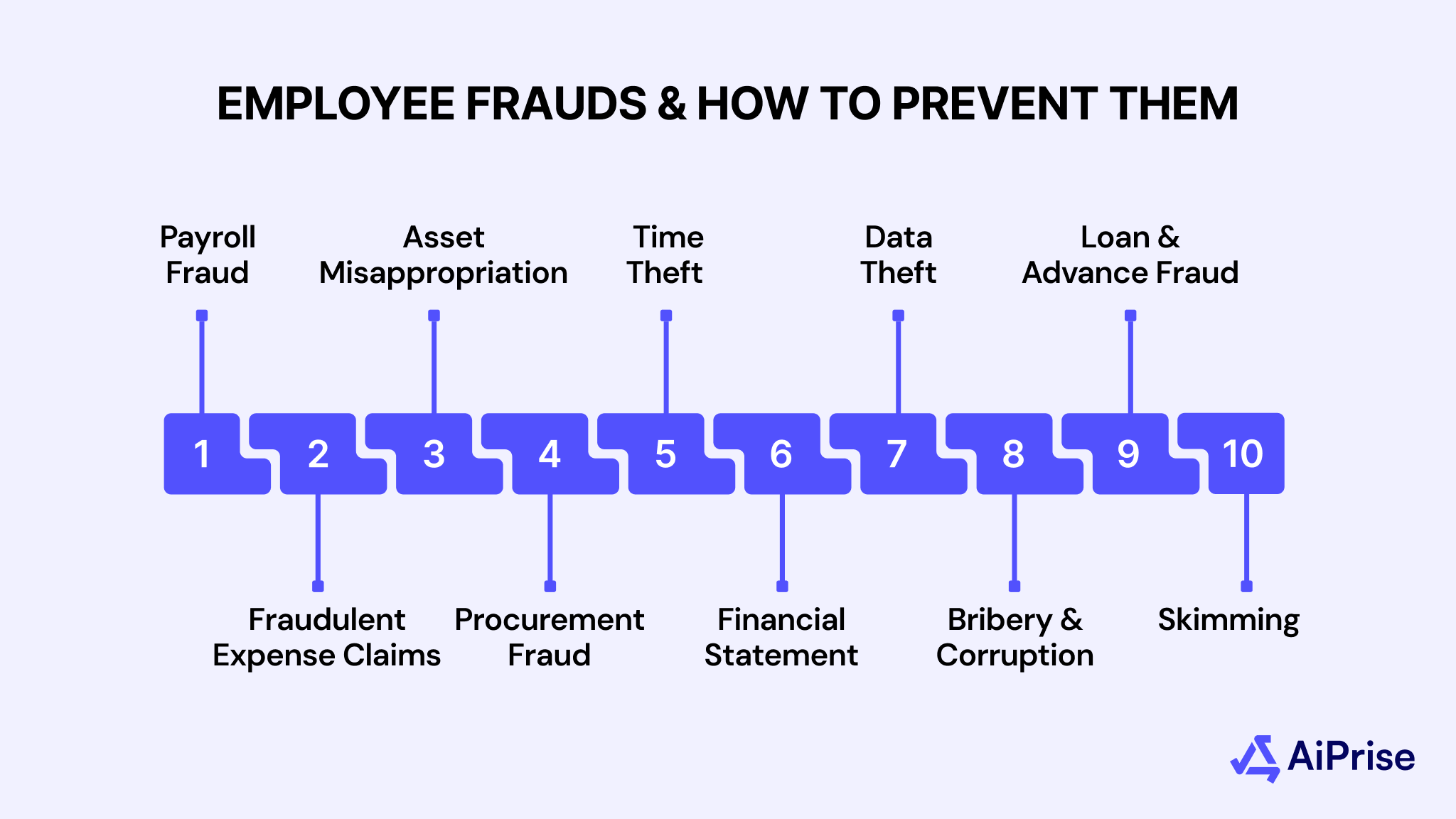
Employee fraud is a major issue that can cause serious harm to a business, both financially and reputationally. Here are the top 10 types of employee fraud that businesses face today:
1. Payroll Fraud
Payroll fraud occurs when employees manipulate payroll systems to divert company funds for personal gain. This can happen in several ways: falsifying hours worked, creating ghost employees (people who don’t exist but are paid), or inflating their wages or bonuses. The employee may also claim overtime or vacation time that wasn’t actually worked.
Payroll fraud can lead to major financial losses, especially when it continues unnoticed over time. Even small manipulations can add up quickly, affecting the overall payroll budget.
2. Expense Reimbursement Fraud
In this form of fraud, employees submit false or inflated expense claims for reimbursement, including bogus travel, meals, or entertainment expenses. They may even submit duplicate claims for the same expenses or claim items they didn’t actually purchase.
This fraud can affect the business’s cash flow, and if left unchecked, it can become a routine part of the employee’s behavior. In some cases, large sums of money can be taken over a long period.
3. Asset Misappropriation
This type of fraud occurs when an employee steals company assets for personal use. It can involve anything from office supplies and inventory to equipment or company vehicles. Employees may also misappropriate funds from petty cash or take merchandise home without paying.
Asset misappropriation leads to direct financial losses and can also disrupt business operations, especially if critical inventory or equipment goes missing. It’s often hard to detect because the stolen assets might be used or resold discreetly.
4. Procurement Fraud
Procurement fraud happens when employees manipulate the procurement process for personal gain. This might include accepting kickbacks from suppliers, creating fake vendors, or over-invoicing for goods and services. In some cases, employees might even issue contracts to companies they have a personal stake in.
This fraud can inflate costs and damage relationships with legitimate vendors. It can also disrupt the business’s ability to acquire goods and services at competitive market prices., leading to overspending and poor-quality supplies.
5. Time Theft
Time theft occurs when employees manipulate their working hours to get paid for time they didn’t actually work. This could include taking longer breaks than allowed, arriving late or leaving early without adjusting their time records, or even having a colleague clock in or out for them.
Although it may seem like a small issue, time theft can accumulate and result in significant financial losses over time. It also fosters a culture of dishonesty that can affect other employees.
6. Financial Statement Fraud
Financial statement fraud involves employees manipulating a company’s financial records to misrepresent its financial position. This may include inflating profits, underreporting expenses, or hiding liabilities to make the company look more successful than it is. This fraud is particularly dangerous because it can mislead stakeholders, investors, and auditors.
This can lead to legal consequences, fines, and even the downfall of a company if the fraud is discovered. It can also harm the company’s credibility and weaken investor confidence.
7. Data Theft
Data theft occurs when employees steal sensitive company data, such as customer information, trade secrets, intellectual property, or company strategies. Employees may do this to sell the data, use it for personal gain, or to harm the business.
Data theft can lead to regulatory penalties, loss of customer trust, and potential lawsuits. In industries where data security is crucial (like healthcare or finance), this type of fraud can also lead to significant reputational damage.
8. Bribery and Corruption
Bribery and corruption happen when employees accept bribes from vendors, clients, or other third parties in exchange for favorable treatment, such as preferential contracts, access to confidential information, or more lenient performance evaluations.
Bribery and corruption can destroy your company’s integrity, lead to legal action, and create unfair business practices. It can also harm your relationships with other partners, customers, and stakeholders who expect transparency and fairness.
9. Loan and Advance Fraud
Loan and advance fraud occurs when employees misuse company loans, advances, or credit facilities for personal expenses. Employees might request loans for work-related expenses but use the funds for personal items or vacations.
This fraud can lead to financial losses and even cause the company to struggle with cash flow. It can also lead to the company losing its trust in employees who have access to sensitive financial resources.
10. Skimming
Skimming happens when employees steal small amounts of cash before it is recorded in the company’s books. This might involve taking money from cash transactions or falsifying records to cover the missing funds.
While each individual theft might seem insignificant, over time, skimming can add up to significant losses for the business. It also creates a loophole where employees feel empowered to take advantage of their position.
Employee fraud is a growing threat for businesses, but the good news is that it’s preventable. By understanding the most common types of fraud and implementing strong internal controls, you can safeguard your company’s assets and reputation.
AiPrise’s fraud detection tools help you identify and prevent fraudulent activities. Protect your business with real-time risk scoring and automated monitoring.
Now, let’s explore the practical steps you can take to minimize the risk of employee fraud.
Effective Strategies to Prevent Employee Frauds
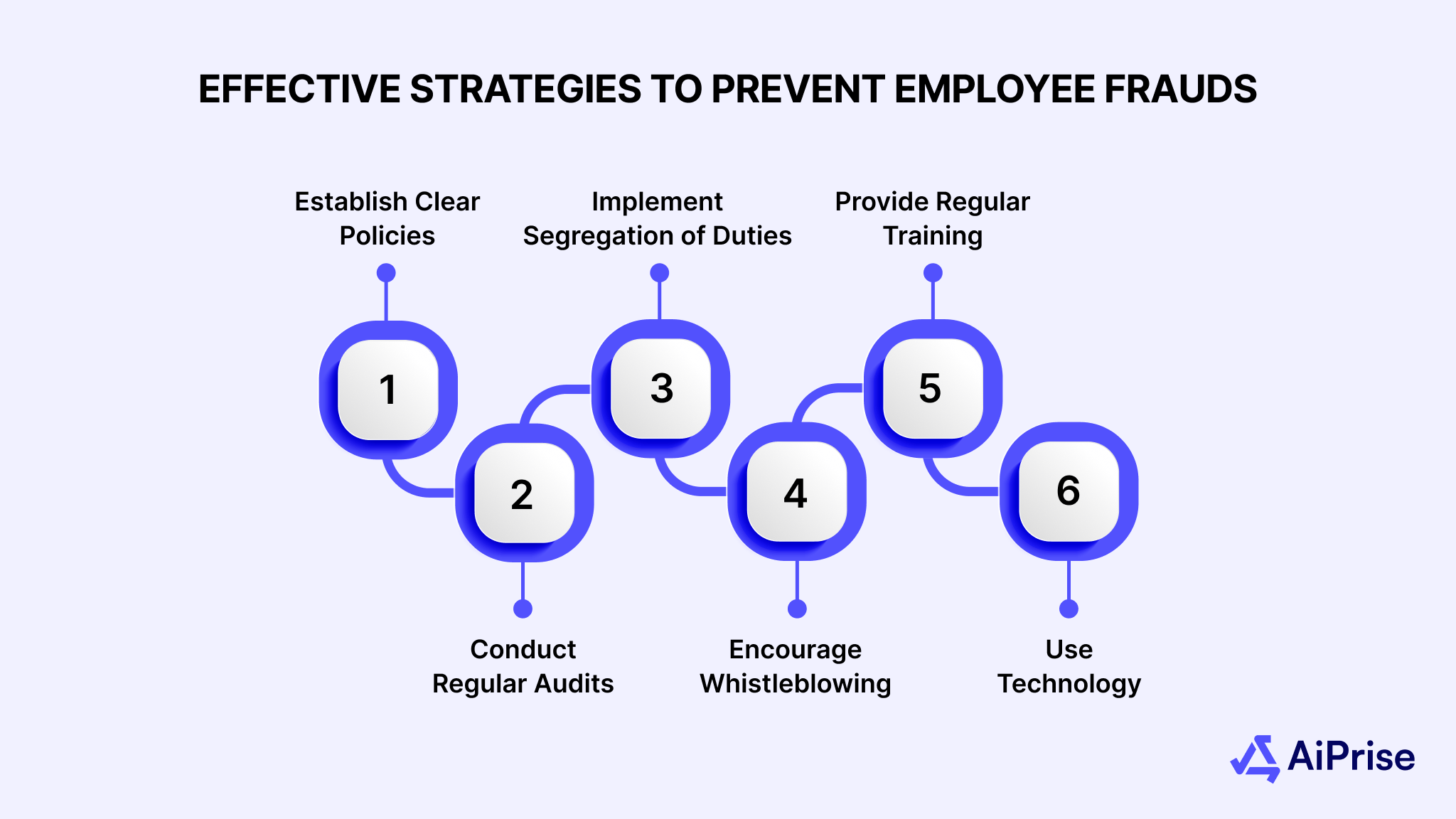
Preventing employee fraud is all about creating a strong framework that encourages transparency, accountability, and early detection. Here are some practical strategies to consider:
1. Establish Clear Policies
Make sure your company has clear policies that outline what behavior is acceptable and what isn’t. Employees should know exactly what’s expected of them and what the consequences are for fraudulent activities. Clear guidelines reduce confusion and make employees more aware of the rules.
2. Conduct Regular Audits
Perform regular checks of financial records and business processes. Regular audits can help spot any irregularities early before they turn into bigger problems. Surprise audits or spot checks can also serve as a reminder to employees that their actions are being observed.
3. Implement Segregation of Duties
Split responsibilities among different employees so that no one person has complete control over a process. For example, one person can approve payments, while another processes them. This helps prevent fraudulent activities since it’s harder to manipulate things when multiple people are involved.
4. Encourage Whistleblowing
Create a secure and confidential way for employees to report suspicious behavior. Encouraging whistleblowing helps catch fraud early and allows employees to speak up without fear of retaliation. Consider using an anonymous reporting system to make employees feel comfortable.
5. Provide Regular Training
Offer regular training on fraud prevention and ethics. This will keep employees informed about the risks of fraud and how they can help prevent it. Training also reminds them of the consequences of fraudulent actions and reinforces the importance of honesty.
6. Use Technology
Implement technology to help detect fraud. Software can track unusual behavior, like discrepancies in financial records or suspicious expenses. Using these tools makes it easier to spot fraud and reduces the risk of human error.
By putting these strategies in place, you can minimize employee fraud and protect your business from potential losses. Making fraud prevention part of your company culture will help keep your operations secure and transparent.
Also Read: How to Identify Fake IDs?
About AiPrise: How We Can Help
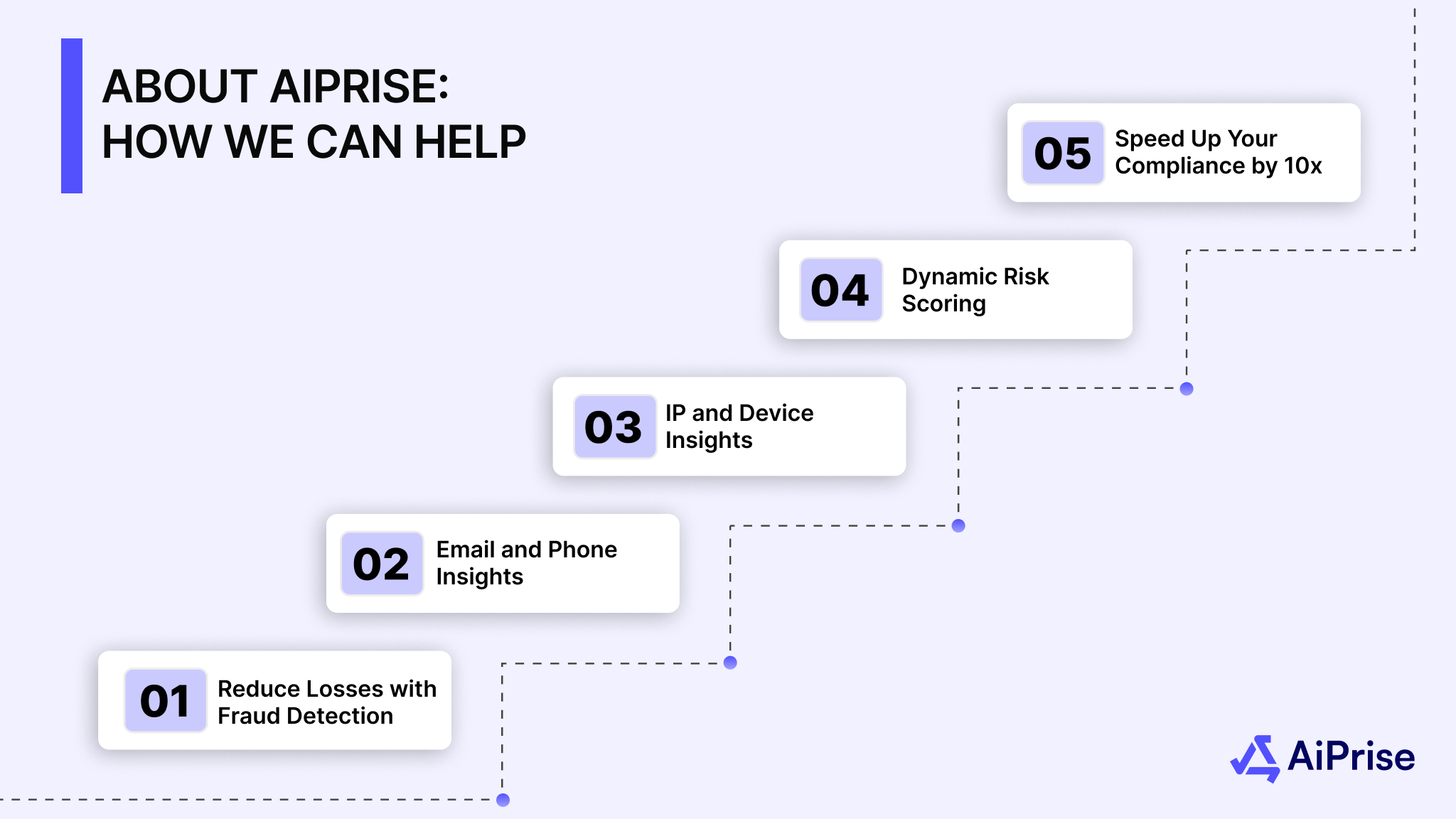
At AiPrise, we understand that protecting your business from fraud requires a proactive approach, and we’re here to make that process easier. Our advanced fraud detection and risk scoring tools are designed to help you stay ahead of evolving threats, ensuring that you can predict, prevent, and protect your business with confidence.
1. Reduce Losses with Fraud Detection and Risk Scoring
Predict, Prevent, Protect: Our tools help you identify risks before they become costly problems. With AiPrise, you can stay one step ahead and safeguard your business from fraud.
2. Email and Phone Insights
Uncover Key Data Points: We provide deep insights into email age, phone activity, and email deliverability, enhancing your ability to assess risk effectively.
Verify Identity Details: AiPrise helps you verify email and phone owners, adding an extra layer of security to your identity verification process.
3. IP and Device Insights
Pinpoint User Origins: Gain precise location intelligence, allowing you to understand where users are coming from during onboarding. This helps you identify suspicious activities early on.
Detect and Block Bots: Our device analysis tools identify and block bot activity, ensuring that only legitimate users interact with your platform.
4. Dynamic Risk Scoring
Customizable Risk Scoring: Tailor risk scores based on your specific business needs and risk tolerance. Whether you're in e-commerce, fintech, or any other industry, we have you covered.
Ready-to-Use Risk Rules: To make things easier, AiPrise offers a library of pre-designed risk rules. These rules cover a wide range of fraud scenarios, allowing you to set up quickly and effectively.
5. Speed Up Your Compliance by 10x
Automate Your Compliance: With AiPrise’s automation tools, you can streamline your compliance processes and focus more on growing your business. We make it easier to meet your compliance obligations without the hassle.
AiPrise is here to help you reduce risk, simplify compliance, and safeguard your business with advanced fraud detection tools.
Final Thoughts
Employee fraud is a serious issue that can lead to significant financial losses and damage your company’s reputation. However, by understanding the common types of fraud and putting in effective prevention strategies, you can protect your business from these hidden threats. The key is to take a proactive approach, investing in the right tools and strategies to safeguard your assets and maintain a trustworthy work environment.
If you’re looking to strengthen your fraud prevention efforts, AiPrise offers powerful solutions that can help you detect and prevent fraudulent activities within your organization. Book A Demo with AiPrise today to see how their comprehensive fraud detection and prevention tools can protect your business.
Frequently Asked questions (FAQs)
1. What is the most common type of employee fraud?
Asset misappropriation is the most common type of employee fraud, involving the theft or misuse of company assets.
2. How can small businesses prevent employee fraud?
Implementing clear policies, conducting regular audits, and using affordable software solutions can help small businesses prevent fraud.
3. What are the signs of employee fraud?
Unexplained financial discrepancies, reluctance to take vacations, and changes in behavior can be signs of employee fraud.
4. How can technology help prevent employee fraud?
Technology can automate processes, monitor transactions in real-time, and detect unusual patterns that may indicate fraudulent activity.
5. What should I do if I suspect employee fraud?
Investigate the situation discreetly, gather evidence, and consult with legal and HR professionals to determine the appropriate course of action.
You might want to read these...

Aiprise has helped streamline our KYB (Know Your Business) flow in 100+ countries. No other tool comes close.





Speed Up Your Compliance by 10x
Automate your compliance processes with AiPrise and focus on growing your business.




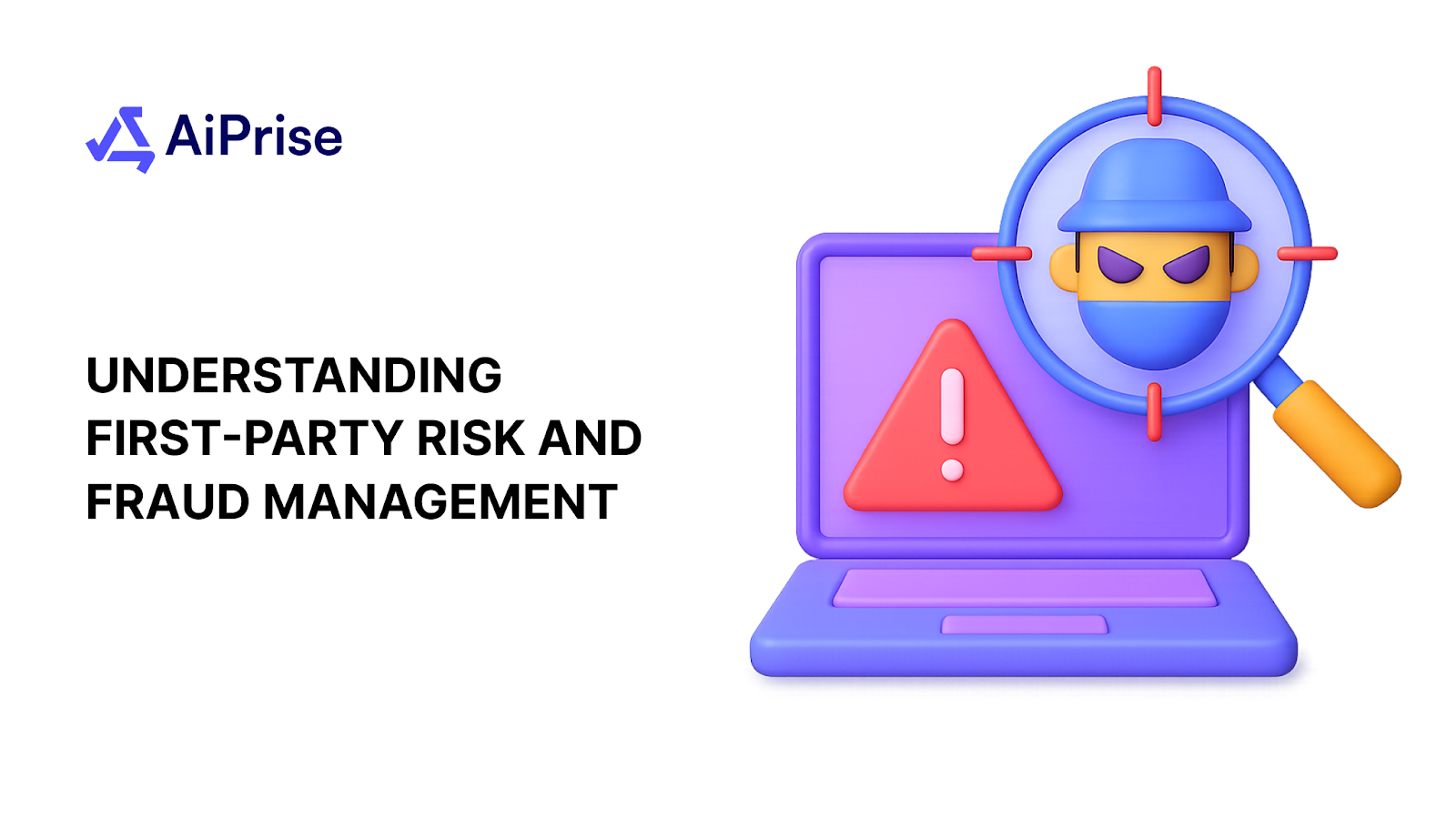
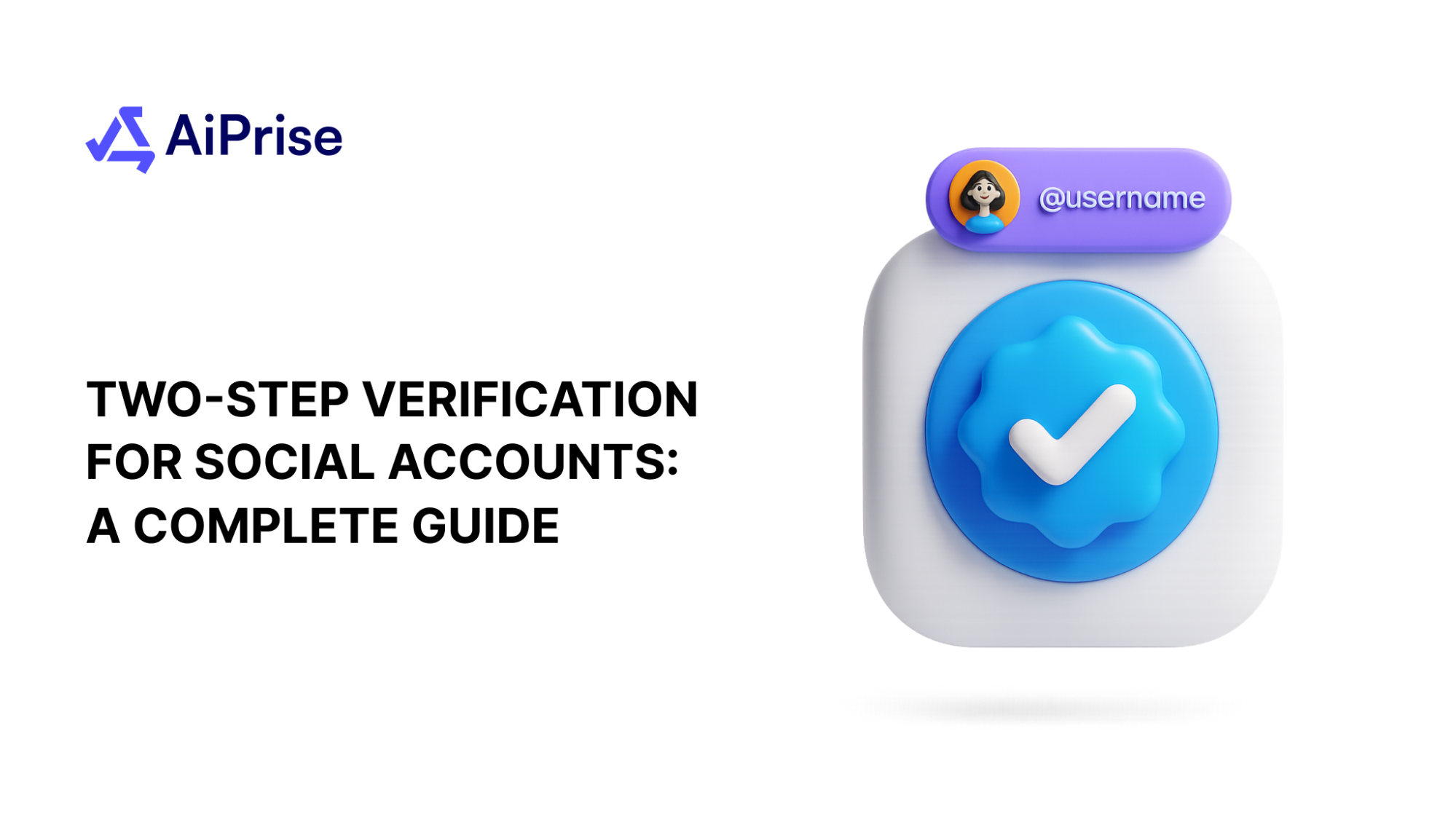
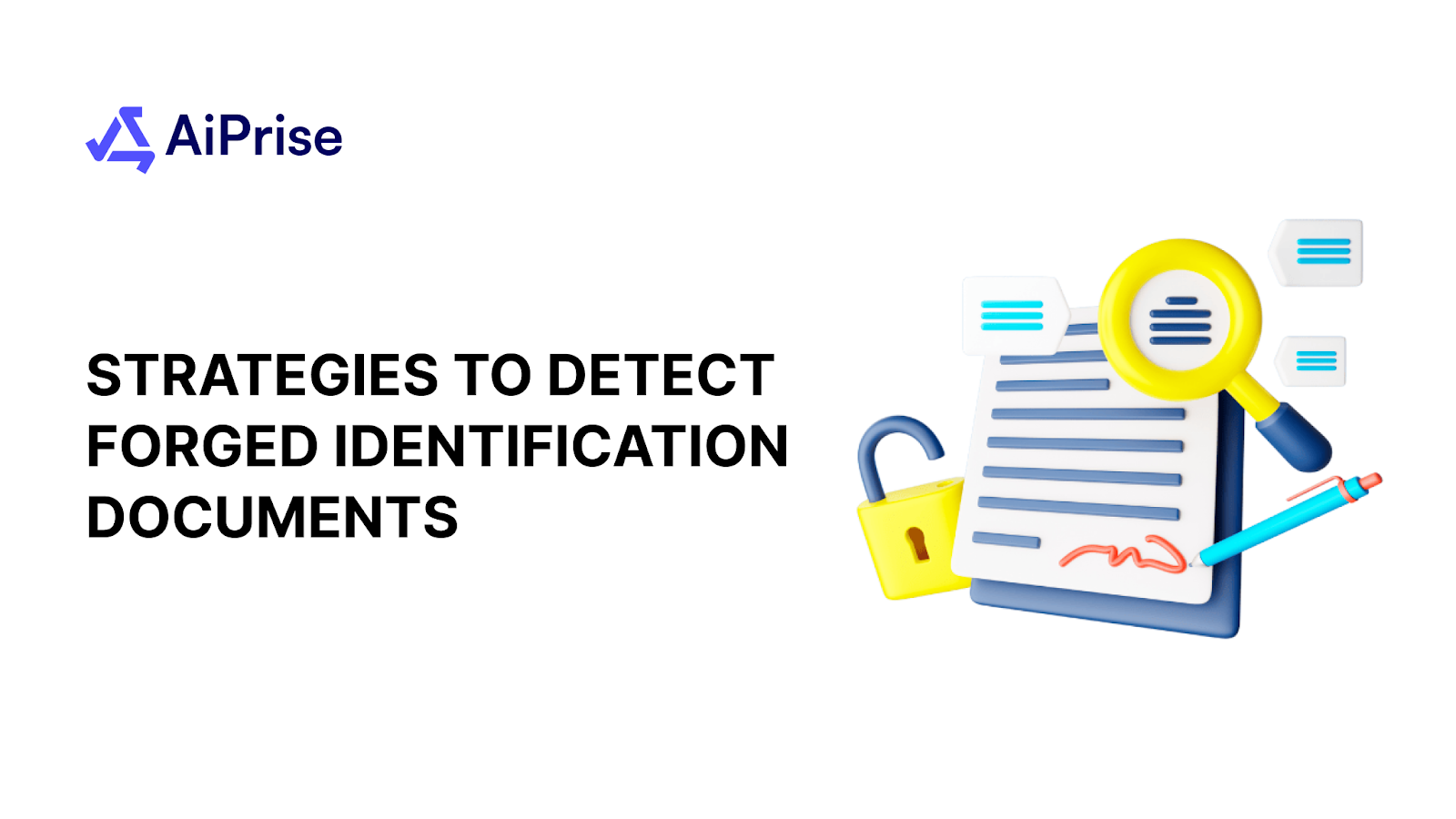



.png)
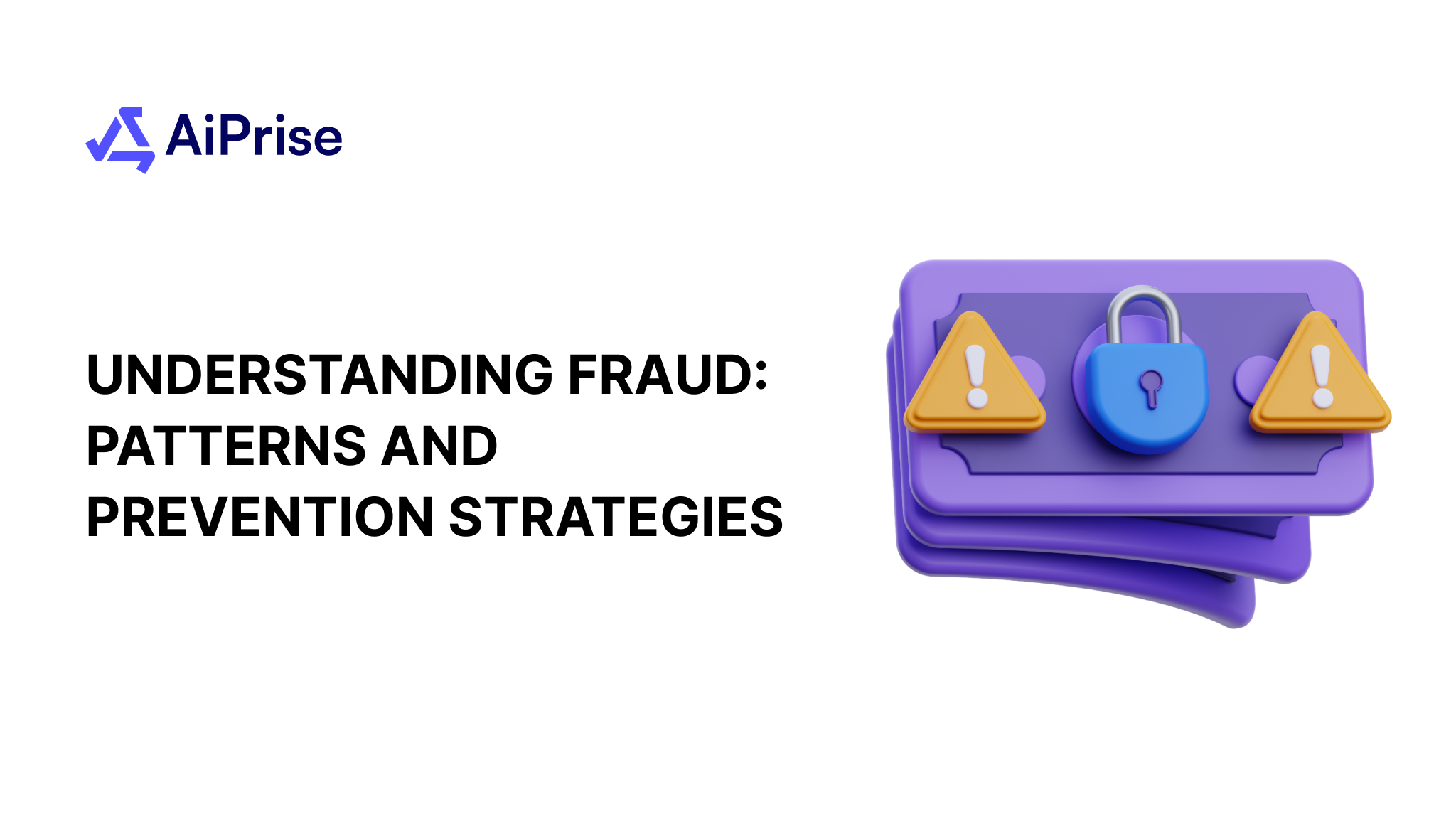
.png)
.png)
